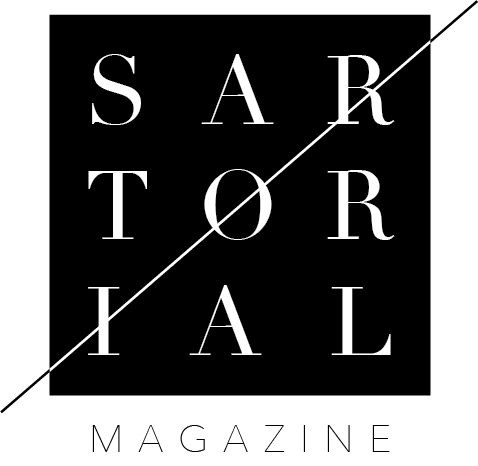From the Dark Ages to the Dance Floor: The Resurgence of Medieval-Inspired Fashion
Photography, Styling & Writing by Mavis Parks
Graphics by Abby Woodfin
Prop Creation & Set Assistance by Molly Pritchett & Abby Woodfin
Modeled by Natalia Cordero, Elisa Peters, Ashton Diercks, Reyna Meyer, Molly Pritchett & Aliyah Rivero
At the 2024 MTV Video Music Awards, Chappell Roan made her VMAS debut in a plum gauze gown, an embroidered velvet robe, armored accessories and a medieval sword — presumably used to kill Gracie Abrams in the Best New Artist category. The look was straight from the Winter/Fall ‘24 runway of Y/Project, a now defunct Paris-based clothing label. While the look was iconic, it was definitely not the first time medieval fashion has been revived, and it certainly won’t be the last.
To better understand the characteristics of medieval-inspired fashion, we first need a bit of a history lesson. The Medieval Era — not to be confused with the Renaissance period — lasted from roughly the 5th century to the late 15th century. While the period primarily took place in Europe, its influence on culture, politics and art was global. Feudalism, warfare, the agrarian economy, and religion are some of the most well-remembered traits of the era, and hence, had a large impact on the way people of that time dressed.
Such as how mom jeans have faded in and out of the public’s perception of trendiness, so has the influence of medieval garb. Most prominently, the trend had an uptick in popularity during the 1970s, 90s and early 2000s. Whereas the 70s medieval fashion focused more heavily on the peasant-y elements of the style, 90s and 00s designers took inspiration from the gothic aspects of medieval clothing (such as Anna Sui’s fall ‘98 collection, and the costuming in “Buffy the Vampire Slayer,” which influenced the “whimsigoth” look.)
While medieval aesthetics have faded in and out of popular culture, they have remained a relatively consistent influence in various subcultures, especially in metal and hardcore music scenes, and within alternative communities as a whole. In terms of metal and hardcore, medieval imagery and themes have been a part of some of the most genre-defining artists. Namely “Metallica” and “Black Sabbath,” two bands considered foundational pillars of early metal, draw on the ideas of warfare, dark fantasy, and knighthood to echo their emotions into their lyrics and sound. In addition to early metal, medieval themes can also be seen in 90s and current hardcore and metal music. 90s bands such as “Melvins,” “Earth Crisis,” and “Crowbar” frequently incorporated these themes, and had a massive influence on the lyricism and aesthetics of popular modern groups such as “Mindforce” and “Twitching Tongues.” While metal musicians were building off of this aesthetic, early indie and alternative rock artists were as well. Most notable examples from this genre include Morrisey’s infamous line in “Bigmouth Strikes Again” (which inspired it-girl Chloe Sevigny’s 2007 Joan of Arc Halloween costume), as well as the entirety of Kate Bush’s 1985 album “Hounds of Love,” and in the 2000s, the work of bands such as “The Decemberists.”
So why is this style suddenly coming back? For one, we have seen an uptick culturally in fashion inspired by the 90s, 2000s, and 70s, as well as more and more people indulging in alternative music that contains these themes. And namely, newer artists have begun to rock looks inspired by the style, such as Roan, but also Ethel Cain and Weyes Blood. In addition to musical influences, recent TV shows and movies such as “House of the Dragon” and “The Decameron” have influenced this style as well.
Medieval fashion may also be seen as a form of escapism in a time of rapidly changing political climates and uncertain futures. Indulging in this clothing style, whether that be through a full-on suit of armor or flowy, layered skirts can help one to pretend they’re someone they’re not — even if for just a day.













